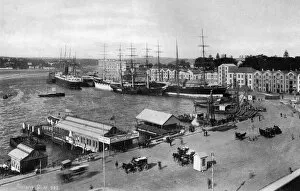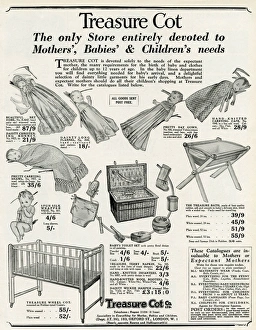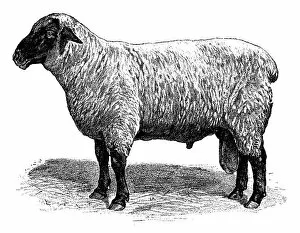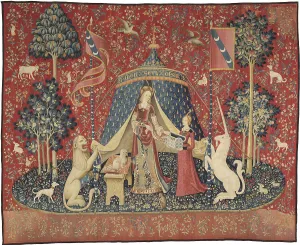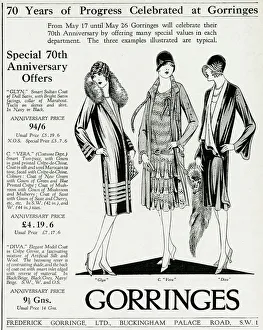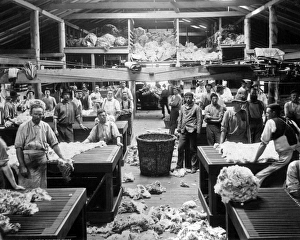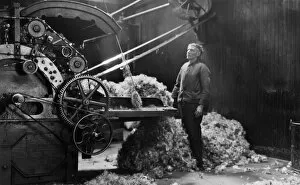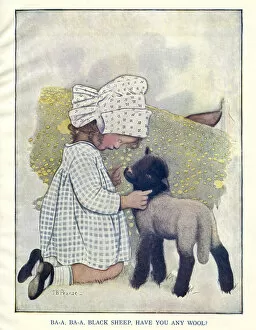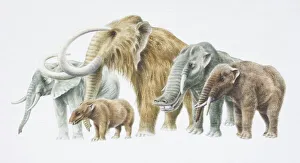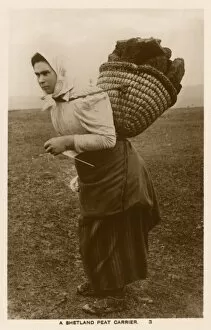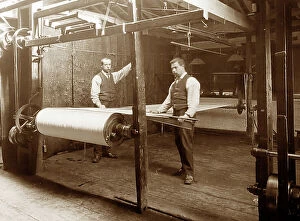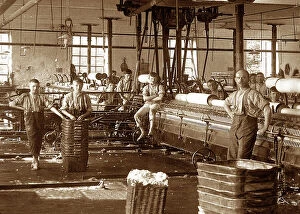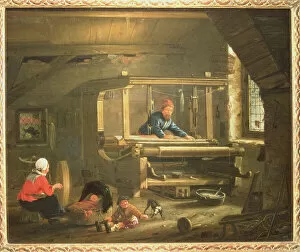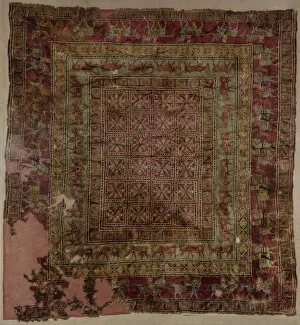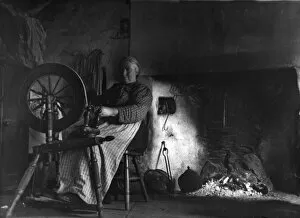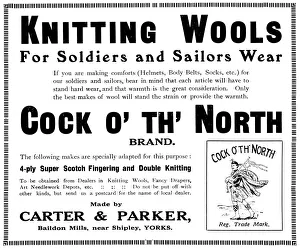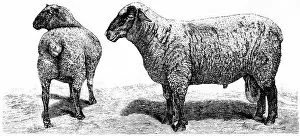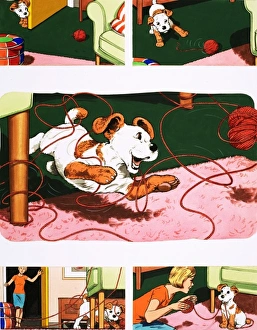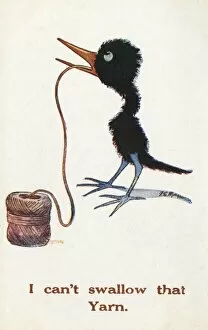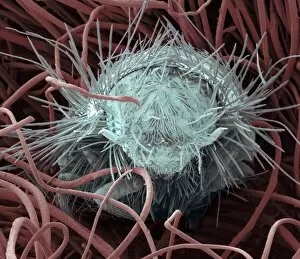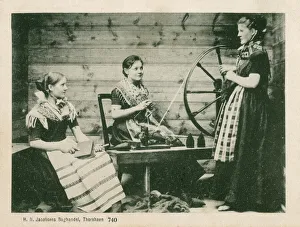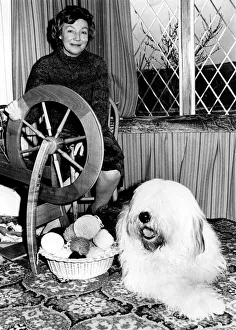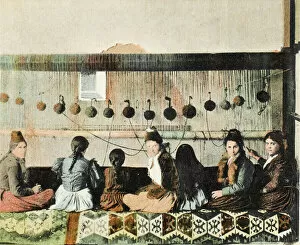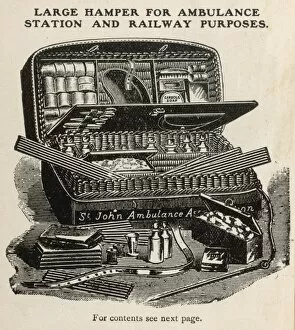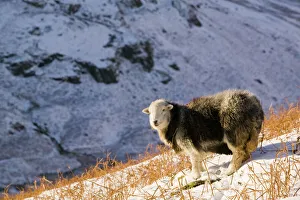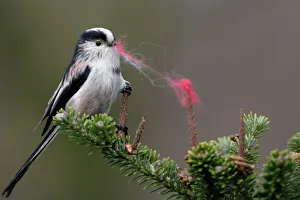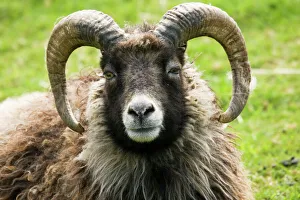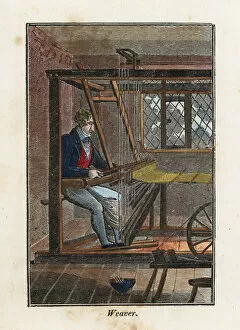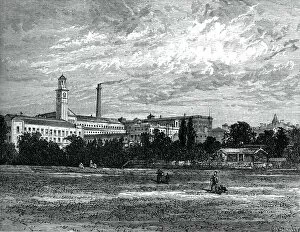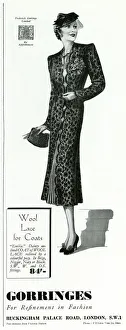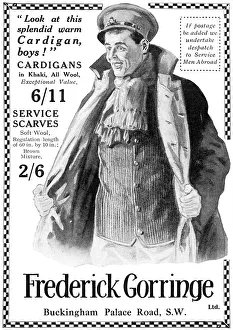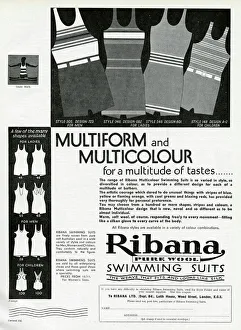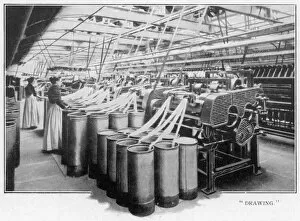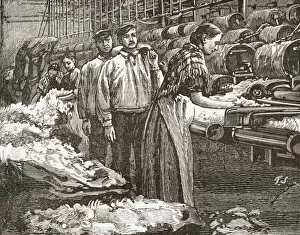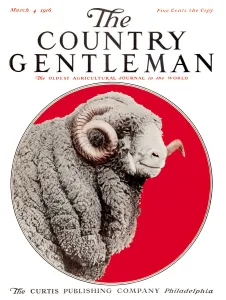Wool Collection (page 2)
"Wool: A Timeless Thread Connecting Generations and Cultures" As the sun sets over the picturesque English countryside, a long, long trail weaves through history
All Professionally Made to Order for Quick Shipping
"Wool: A Timeless Thread Connecting Generations and Cultures" As the sun sets over the picturesque English countryside, a long, long trail weaves through history. From Mabel Lucie Attwell's enchanting illustrations in "Theres a Long, Long Trail" to the fields adorned with domestic sheep, such as Beltex and Texel rams, England has been intertwined with this versatile fiber for centuries. Sheep breeds have played a vital role in shaping the wool industry. Les Laines Bisanne wool company poster proudly showcases their commitment to producing high-quality yarns that warm hearts and homes alike. In 1901, St Elizabeth of Hungary spun wool diligently to provide comfort for those less fortunate – an act of compassion that resonates even today. The Southdown Sheep Show captures five majestic creatures from behind – their fluffy coats reflecting years of careful breeding and dedication. Just like Highland Cattle grazing peacefully nearby or T. E. Lawrence's house standing tall amidst rolling hills, these animals symbolize resilience and harmony with nature. From Shropshire sheep to Herdwick sheep braving harsh winters on rugged terrains, each breed contributes its unique characteristics to the tapestry production. Even during World War II when knitting became an essential skill for many RAF personnel thanks to instructional booklets like "Knitting for the RAF, " wool continued its mission of providing warmth amidst turmoil. In every season, three sheep stand united against a snowy backdrop – reminding us that no matter how cold life may get at times, there is always strength in unity. Wool binds communities together by creating cozy garments that transcend time and fashion trends. So next time you wrap yourself in a soft woollen blanket or slip into your favorite knitted sweater, remember that you are embracing more than just warmth; you are enveloping yourself in history and tradition woven by countless hands throughout generations. Wool truly connects us all as it threads its way through the fabric of our lives.

